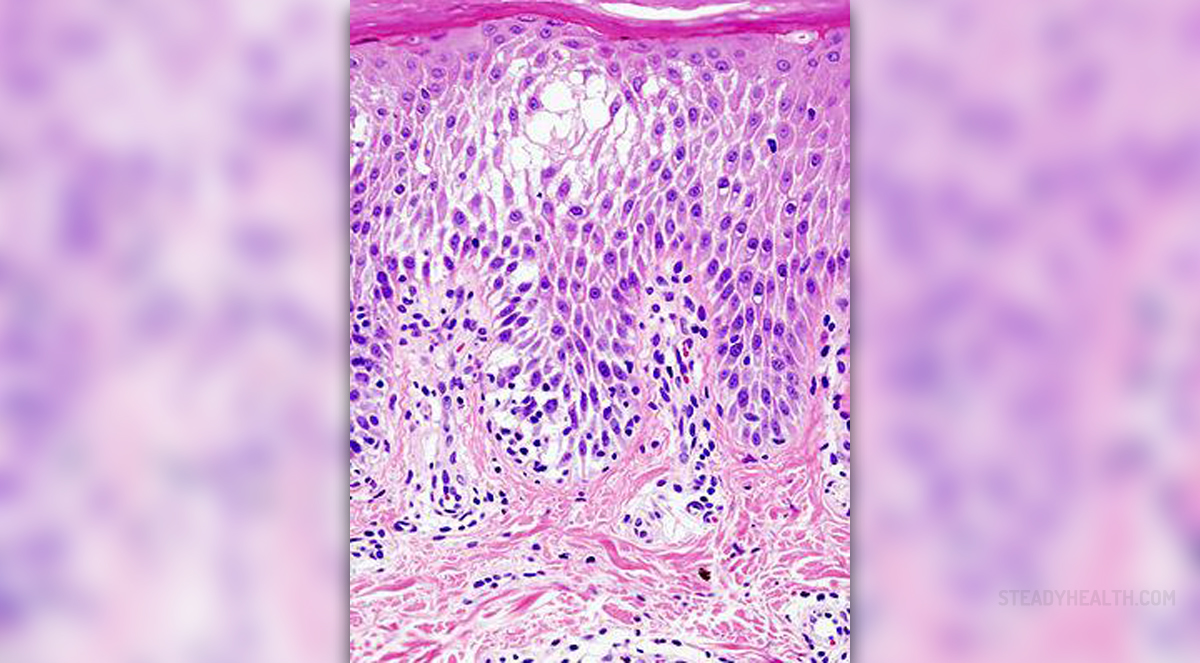
Bovine spongiform encephalopathy (BSE), commonly referred to as “mad cow disease” is deadly, chronic neurodegenerative disease of cattle. It affects the central nervous system and causes different neurological symptoms. Bovine spongiform encephalopathy is incurable because there is no vaccine or treatment for the disease.
Bovine spongiform encephalopathy is a transmissible disease with a long incubation period, ranging from 30 months to 8 years. Once the symptoms of the disease develop, the affected animal dies within 2 weeks to 6 months.
BSE affects only cows. However, the condition is in a group of diseases known as transmissible spongiform encephalopathies (TSE) which affect animals and humans. TSE also includes scrapie (sheep and goats), chronic wasting disease (deer and elk), feline spongiform encephalopathy (cats) and transmissible mink encephalopathy (mink). TSEs that affect humans are Creutzfeldt-Jakob disease (CJD) caused by a rare genetic mutation, variant CJD (vCJD) caused by consumption of meet of animals infected with BSE, Gerstmann-Straussler-Scheinker syndrome and Kuru.
Causes of Bovine Spongiform Encephalopathy
Experts believe that cattle become infected with BSE due to eating meat of different slaughtered animals that carries infectious BSE agent. This agent is believed to be an abnormal protein known as a prion. The protein is resistant to heating and freezing thus withstands rendering process. An infected animal may become a part of the food chain as it does not exhibit symptoms for a long period of time.
A prion is a misfolded protein that causes normal cellular prion protein to deform or fold abnormally and begin to solidify. This results in deterioration of the brain, causing the brain tissue to appear like a sponge. The spinal cord and a part of the small intestine (the distal ileum) are also affected by the disease.
Symptoms of Bovine Spongiform EncephalopathySymptoms of bovine spongiform encephalopathy are variable but progressive and result in fatal outcome within a few weeks to months after the onset of the condition. The disease commonly causes nervous or aggressive behavior, abnormal postures, lack of coordination, difficulty standing up, weight loss and decreased production of milk.
People affected by CJD exhibit personality changes, impaired memory and thinking, vision loss, myoclonic seizures, insomnia and depression. As the disease progresses, an infected person loses ability to move and eventually dies. Prevention of Bovine Spongiform Encephalopathy
To prevent spreading of BSE, cattle should not be fed with rendered material from slaughtered animals. Infected animals must be isolated and destroyed. Cattle must be constantly monitored for BSE and the brains of dead and slaughtered cattle must be tested for the disease.




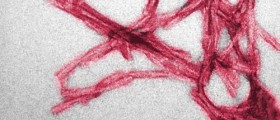


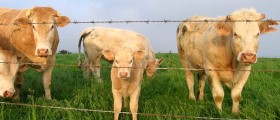




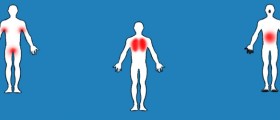

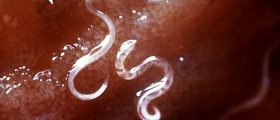


Your thoughts on this
Loading...